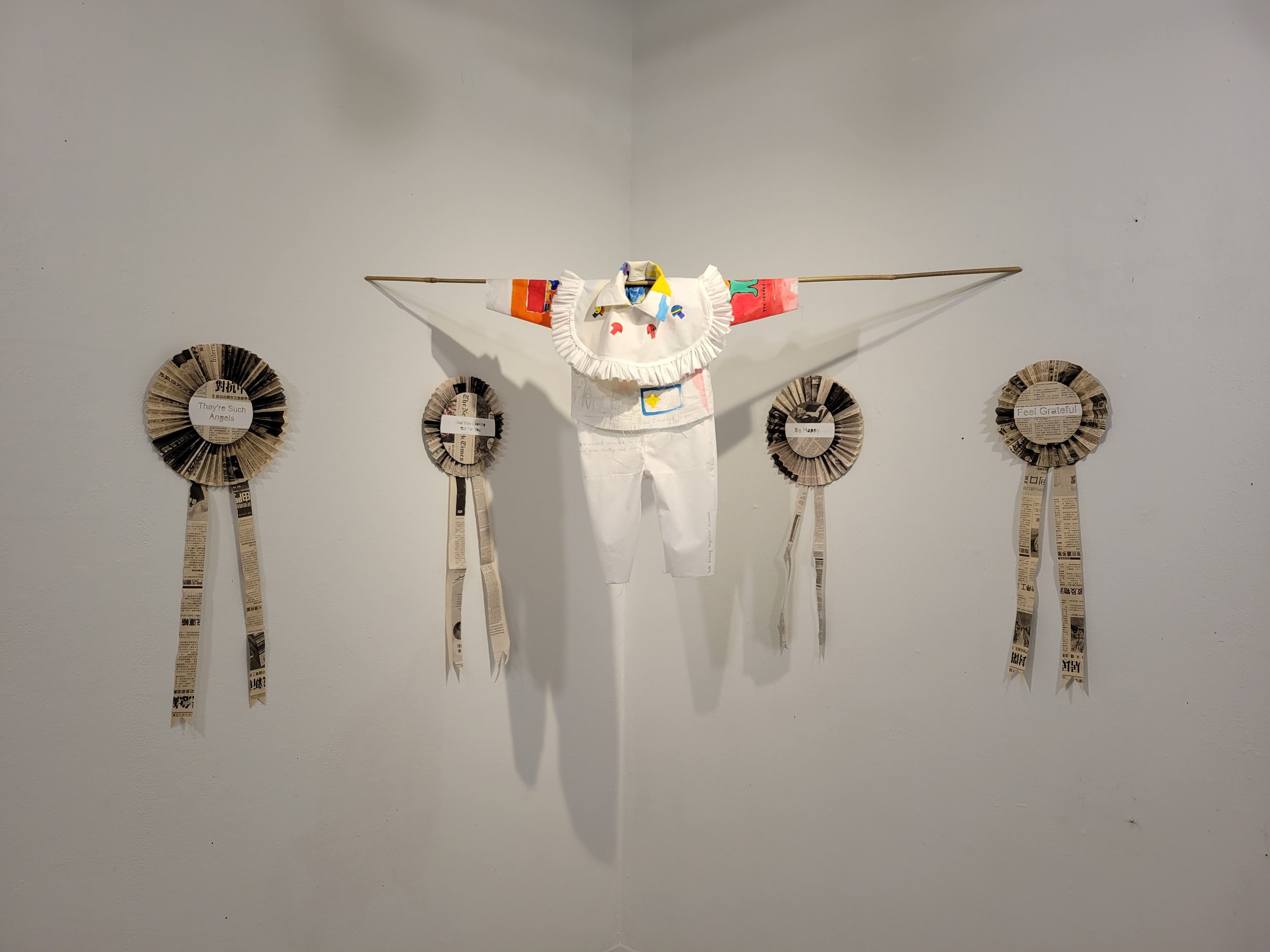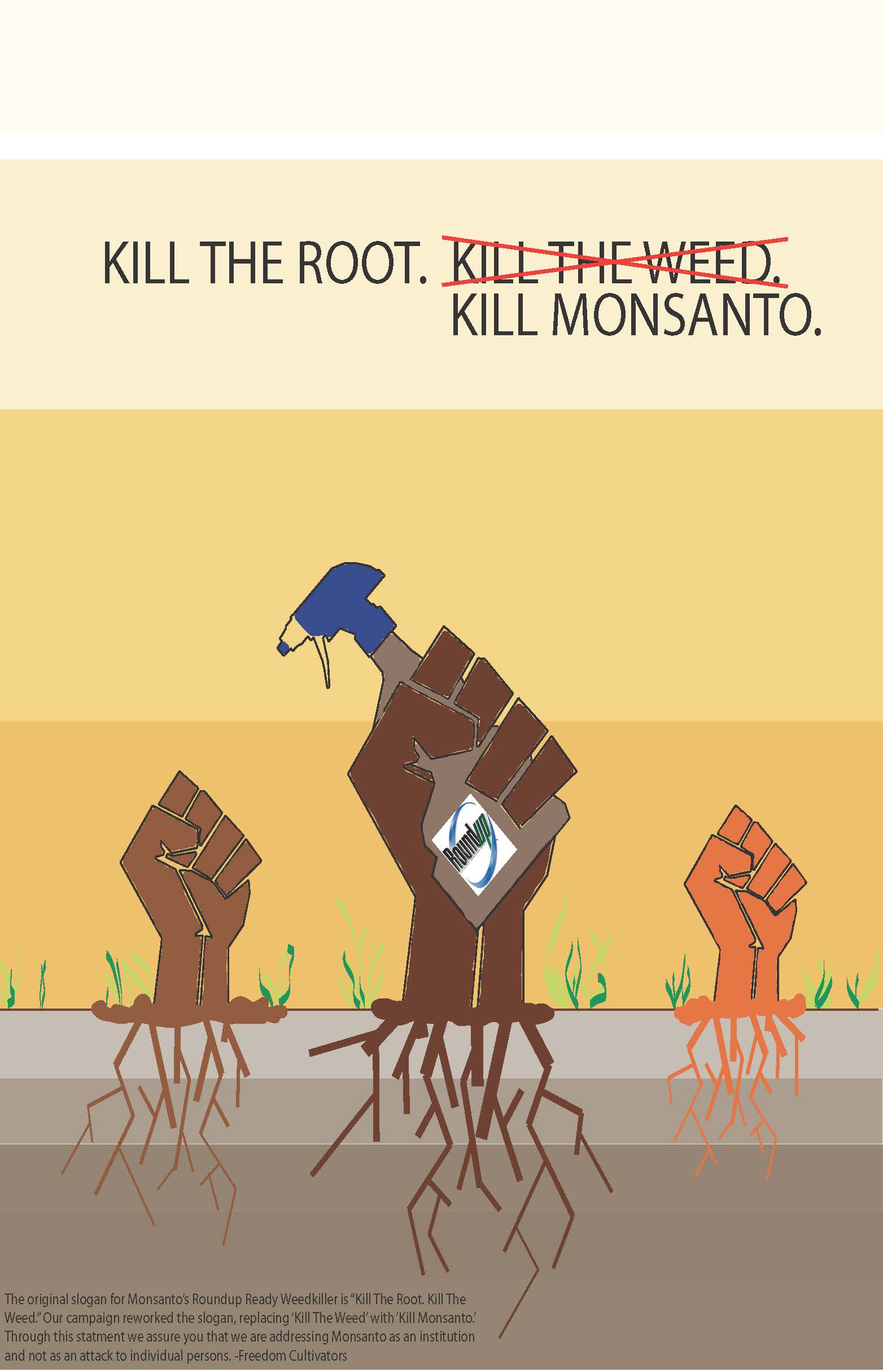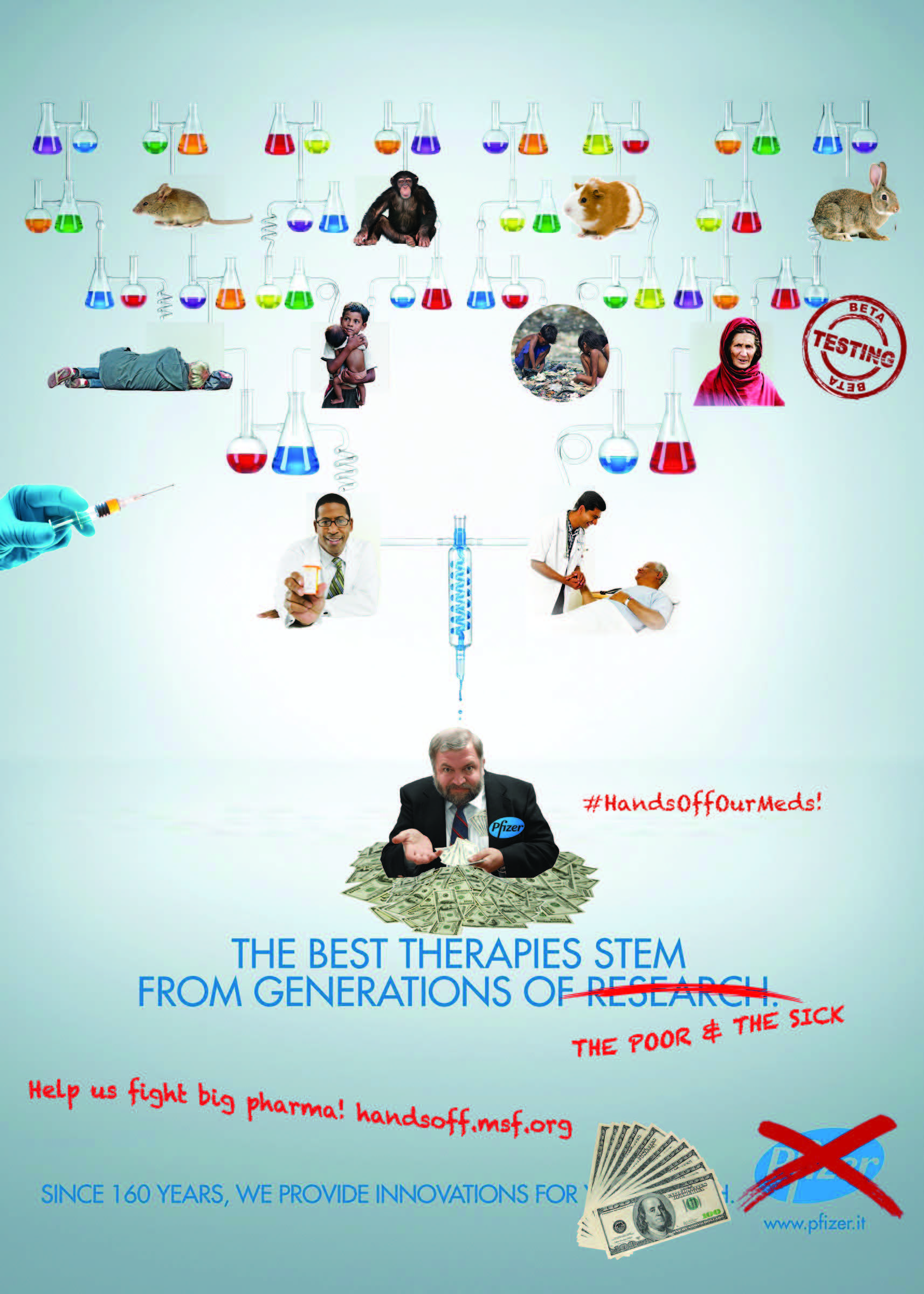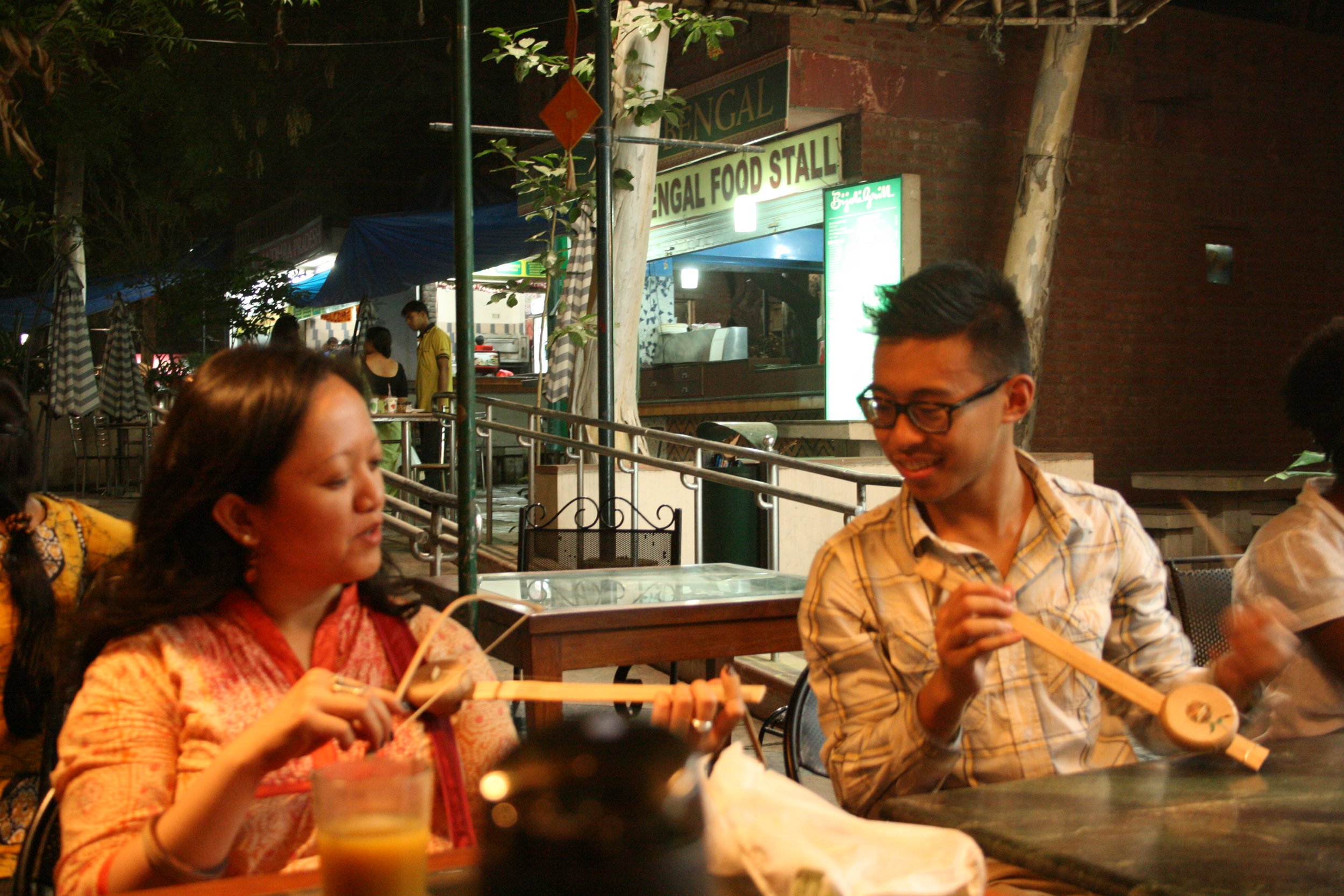Teaching
Students from the GLAS 300 course in Spring 2022 and the mural we produced
I am an interdisciplinary scholar whose teaching focuses on globalization, immigration, diaspora, transnationality, as it relates to labor, food, and racial and gender formations. My teaching pedagogy is anchored by social justice and intersectional frameworks, alongside experiential and field-based learning. I appreciate the histories and experiences that students bring to the classroom and view them as sources of knowledge and inspiration. I approach my teaching as an opportunity to share stories and build an archive of knowledge and praxis with students who come with a range of knowledge, lenses, and assumptions. My one fundamental goal is to have students see how their individual stories are connected to a larger tapestry and to each other.
Courses
Inaugural “Caldero” Cookbook -based on oral histories of chefs conducted by students
GLAS 230: Cultural Politics of Asian American Food
How do food and food stories serve as conduits for healing, resistance, collective historicizing, and community building? Using food as a storyteller to capture the heterogeneity and depth of Asian American’s lived experiences, this interdisciplinary course examines issues of Asian American identity and community formations as they are produced at the intersection of race, ethnicity, class, gender, and sexuality and are inextricably linked to global and transnational dynamics. The course turns to food to narrate stories about diaspora, home, empire, memory, and history, while grappling with the relations of power and structural forces that shape the social inequalities and inform Asian American lives.
Sample Excerpts of artwork from student food memoirs from GLAS 230



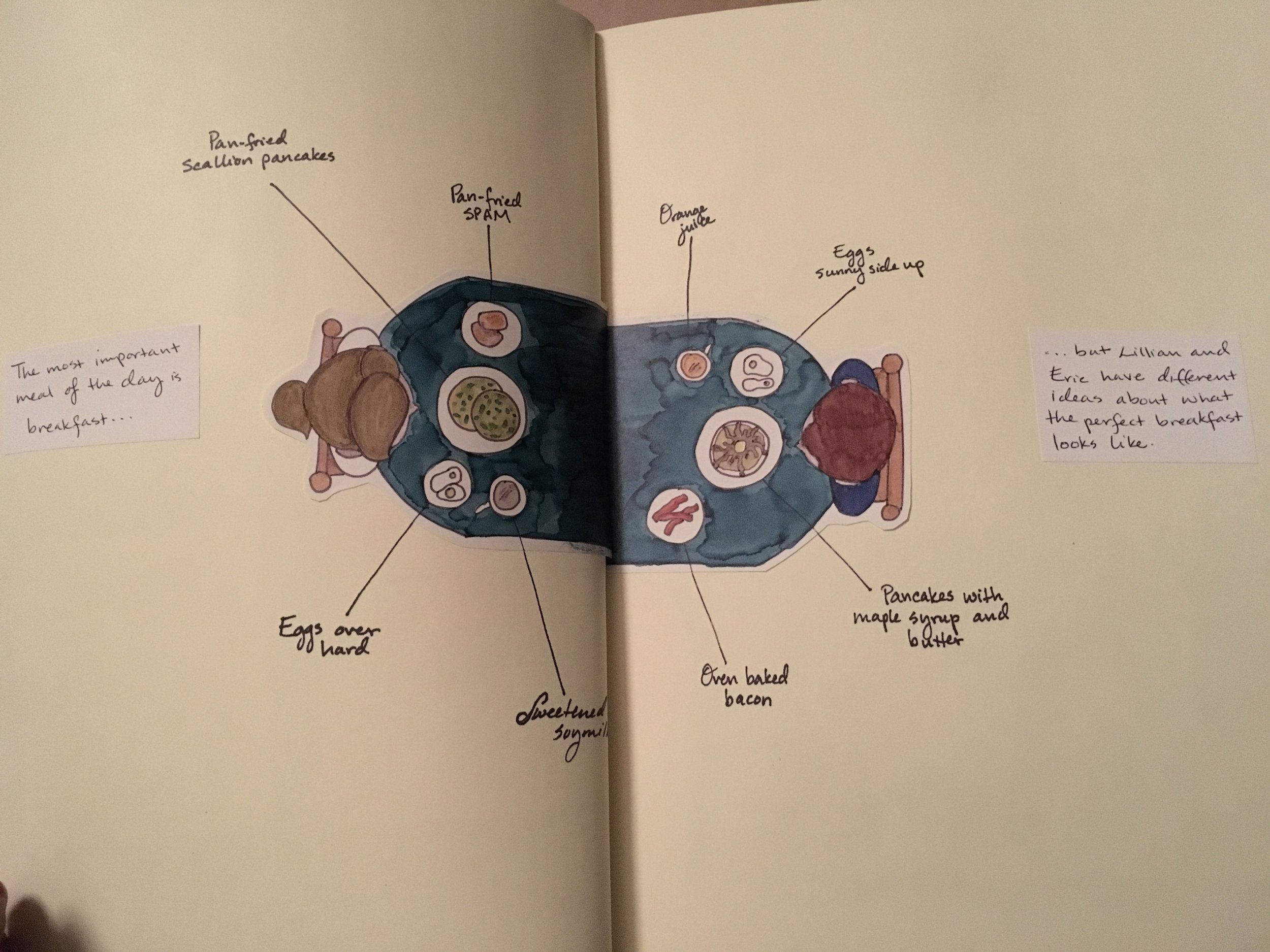
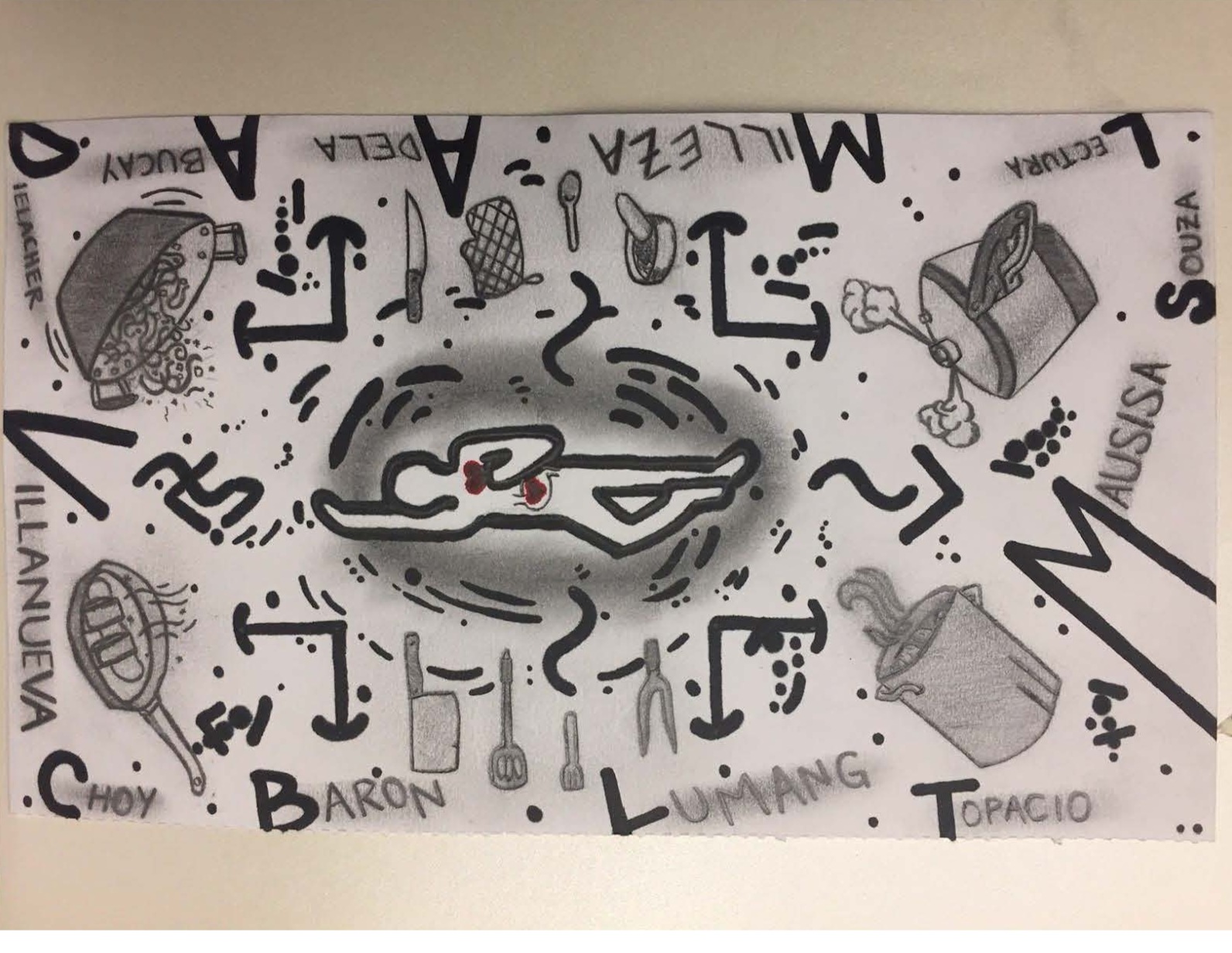
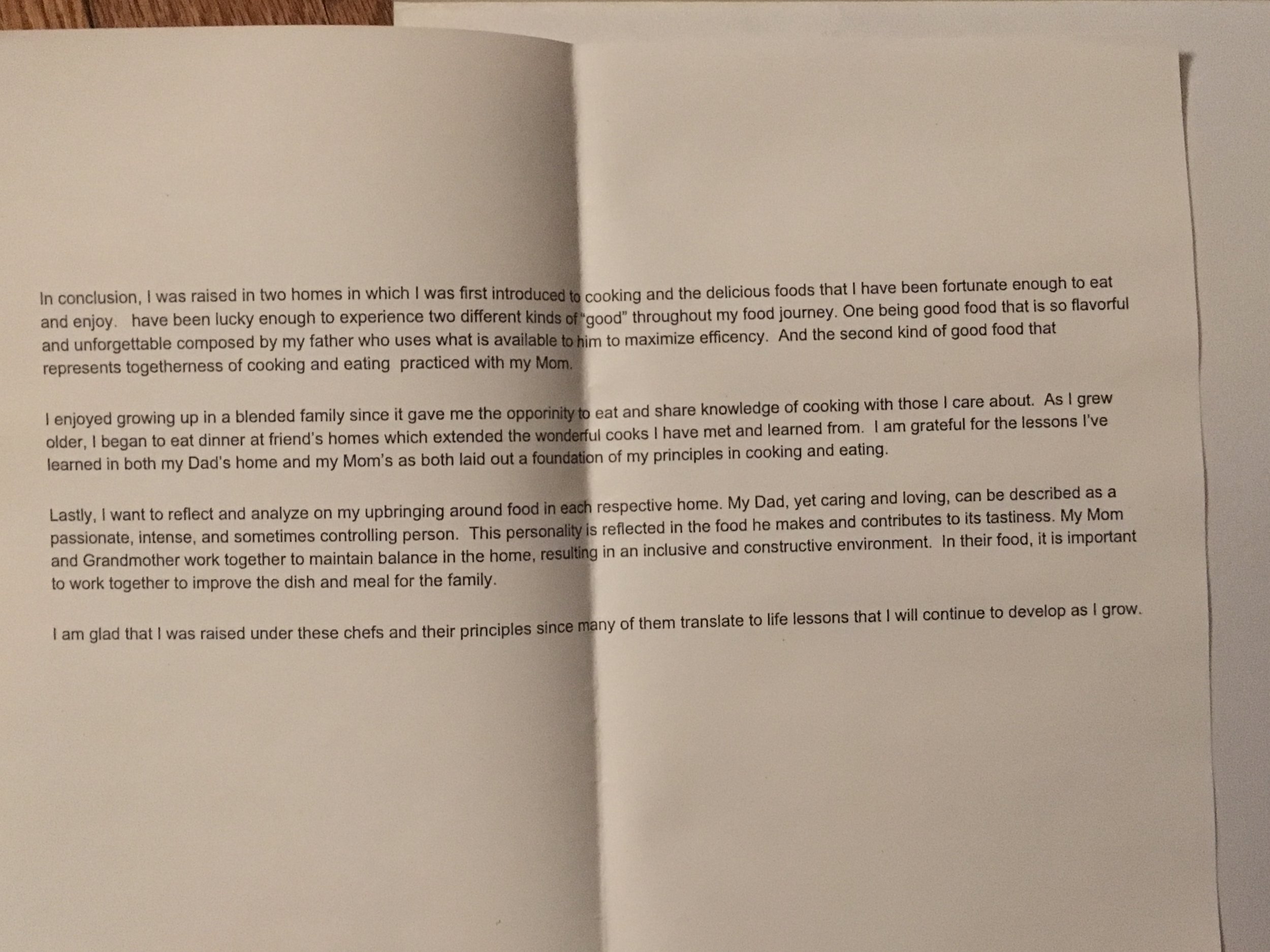

GLAS 300: Global Asia in Chicago
How do labor, capital, commodities, culture, and racialized/gendered bodies intersect to produce Chicago neighborhoods like Uptown? Focusing on the study of Chicago's Uptown neighborhood, this course seeks to present an alternative story of Uptown, by examining its multi-racial and multiethnic histories; gentrification/housing/ neighborhood transformations; and resistance and the arts. In this interdisciplinary course, students have a unique opportunity to engage with and learn from the Uptown community and contribute to the Dis/Placements public history project virtually documents a narrative of space, history, labor, and everyday resistance.
Course flyer, Spring 2022
By Jane Minnelli Escarez, Spring 2019
By Michelle Guo, Spring 2019
GLAS/GWS 458: Asian America and Transnational Feminism
This interdisciplinary course explores the frameworks and radical possibilities emergent at the nexus of transnational feminisms, gendered activism, and the geopolitics of ‘Asian America.’
GLAS/ANTH 201: Asian Markets, Corporations, and Social Justice
What do Hello Kitty, Nike, and McDonalds have in common? How are investment bankers connected to garment sweatshop workers? What is the relationship between global capital accumulation and individual debt? This course offers a critical analysis of multinational corporations as social institutions and their commodification and representation of Asian and Asian American cultures and economies. Covering a range of topics like KPop, fair trade, sweatshops, and the beauty industry, this course examines how globalization and late capitalism have, and continue, to (re)shape what Asia and Asian American means.
Student Produced “Adbuster” Projects
from Left to Right: “Kill the Root” by Christian Alfaro, Crystal Gebre, Eric Hernandez, and Maria Borrero-Veaz, Spring 2013; “The Best Therapies Stem from Generations of the Poor and the Sick” by Christine Athamanh, Dawn Joy, Tolu Odueyungbo, Ravi Sinha, Fall 2018; “Saved Money, Lived Better” by Joy Magana and Lillian Xie, Fall 201
INDIA STUDY ABROAD COURSES
During the Summers of 2012 and 2013, I co-taught a six-week study abroad course in India (New Delhi and Udaipur) on the topic of “Food, Labor, and Justice” with Dr. Gayatri Reddy and local host, Rishi Chaturvedi.



